Let me share my family's beloved Paklay recipe. This dish always meant family time - the kind where everyone gathers in the kitchen, sharing stories while the sweet-tangy aroma fills the house. Don't let the ingredients list intimidate you. Yes, we're using tripe and organ meats, but when cooked right, they turn incredibly tender and flavorful.
The magic happens when the pineapple meets the meat and vegetables, creating that perfect sweet-sour taste that Filipinos love. This might become your new favorite weekend dish because it's actually easier to make than you think, budget-friendly, and tastes even better the next day.
My Lola taught me this recipe, and like any good Filipino cook, she used to measure everything by "feeling." But don't worry, I've carefully measured everything out for you. This Paklay recipe will give you that warm, homey feeling that only good Filipino food can bring.
Jump to:
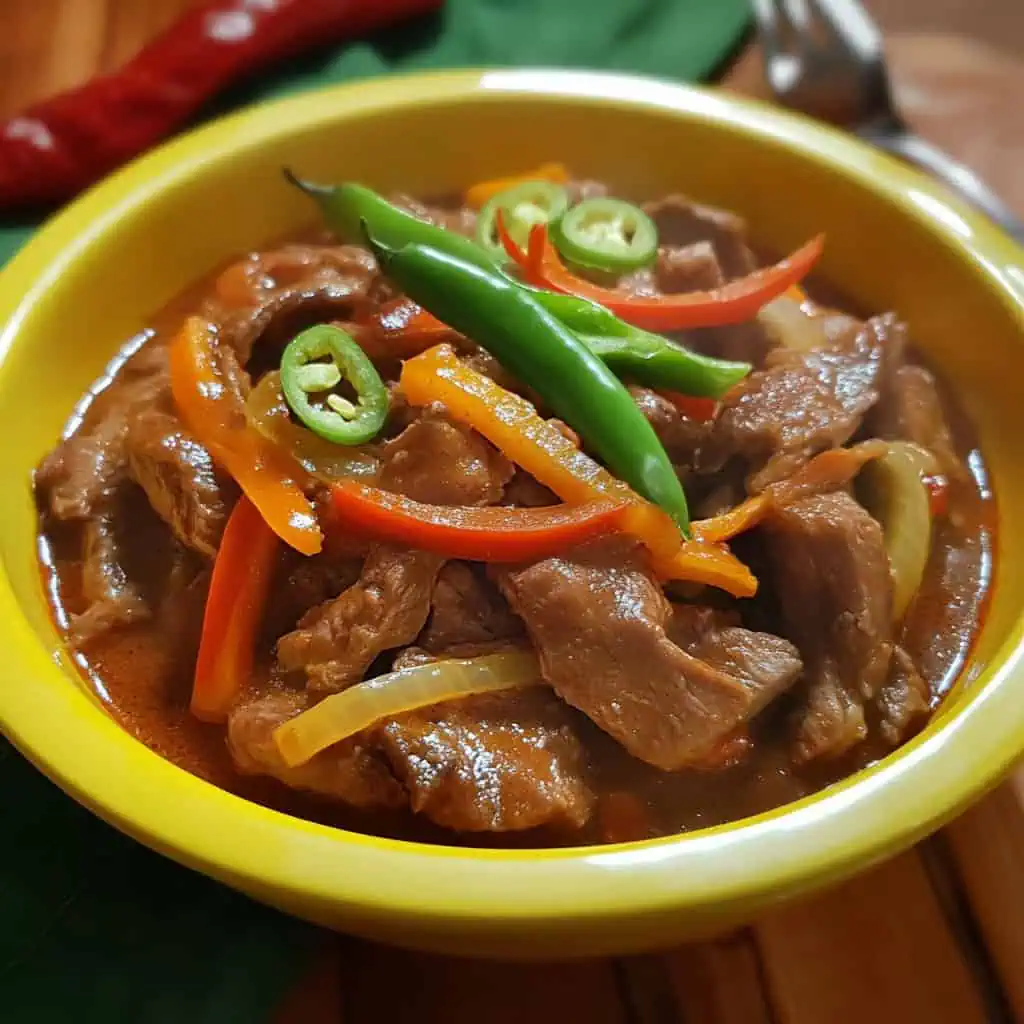
Why You'll Love This Recipe
- Authentic Filipino flavors combining sweet, sour, and savory notes
- Budget-friendly yet protein-rich using traditional ingredients
- One-pot meal perfect for family gatherings
- Customizable heat level to suit your taste
- Rich in nutrients from organ meats and vegetables
Ingredients
Each component of Paklay brings something essential to the dish. The organ meats provide rich protein and deep flavor while showcasing Filipino resourcefulness. Fresh pineapple not only adds sweetness but helps tenderize the meat.
Bamboo shoots and vegetables create textural contrast, while the aromatics (garlic, ginger, chilies) build the dish's distinctive flavor profile. The fish sauce and souring agents balance everything with that classic Filipino sweet-sour-savory combination that makes this dish so memorable.
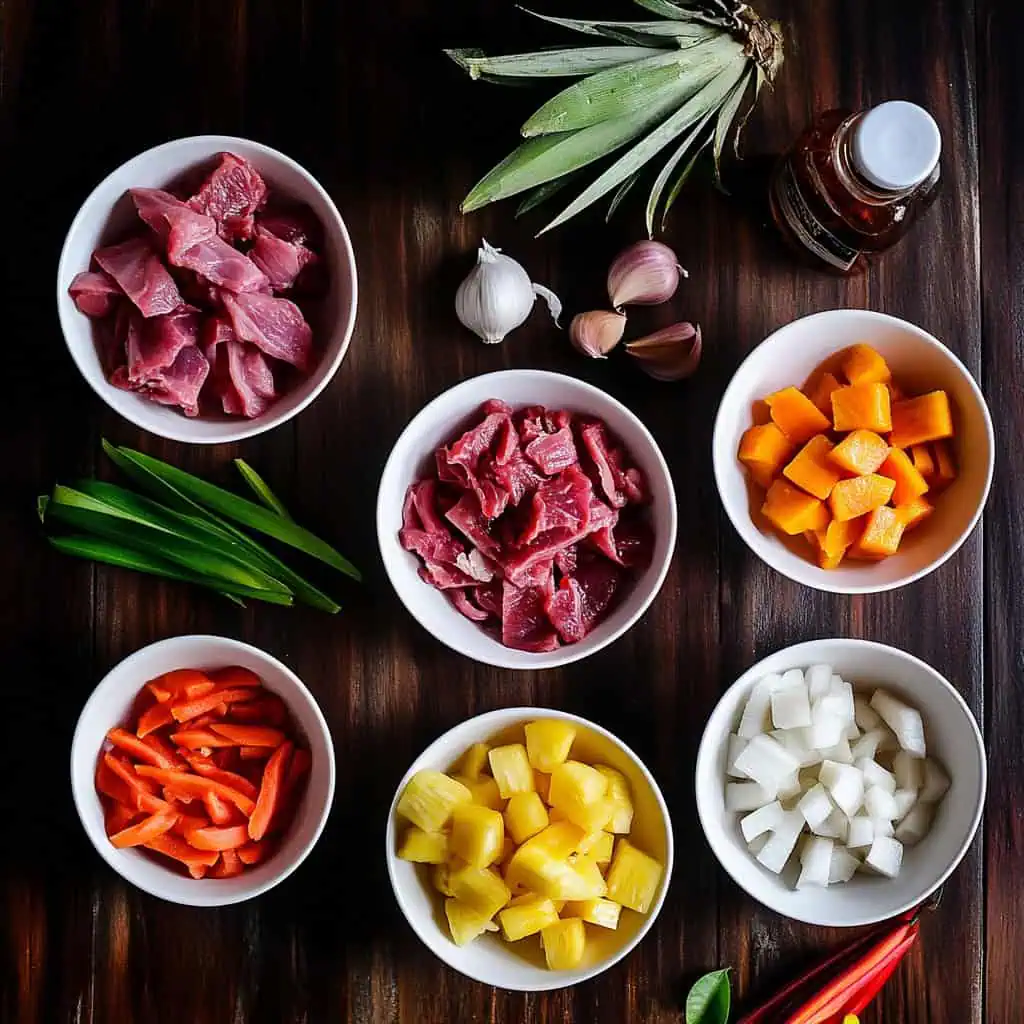
- ½ kilo beef tripe (tuwalya), julienned
- ¼ kilo beef liver (atay), julienned
- ¼ kilo beef heart (puso), julienned
- 3 cups fresh young pineapple, julienned
- 3 cups bamboo shoots (labong), julienned
- 1 red/green bell pepper, sliced
- 1 carrot, julienned
- 1 large onion, chopped
- 1 head garlic, minced
- 2 thumb-size ginger, julienned
- 3 pcs long green chilies (siling haba)
- 2 pcs bird's eye chilies (siling labuyo)
- 1-2 tablespoon sampalok sinigang mix (optional)
- ¼ cup fish sauce (patis)
- Salt to taste
- Cooking oil
- 3-4 pieces bay leaves
Equipment
- Large stockpot - For boiling tripe until tender, needs to be large enough to fully submerge the meat
- Sharp knife and cutting board - Essential for julienning all ingredients to the proper size
- Wok or deep skillet - For the final cooking process, allows for even heat distribution
- Colander - Used for draining the tripe after boiling
- Measuring cups and spoons - For accurate ingredient measurements
- Wooden spoon or spatula - For stirring without scratching your cookware
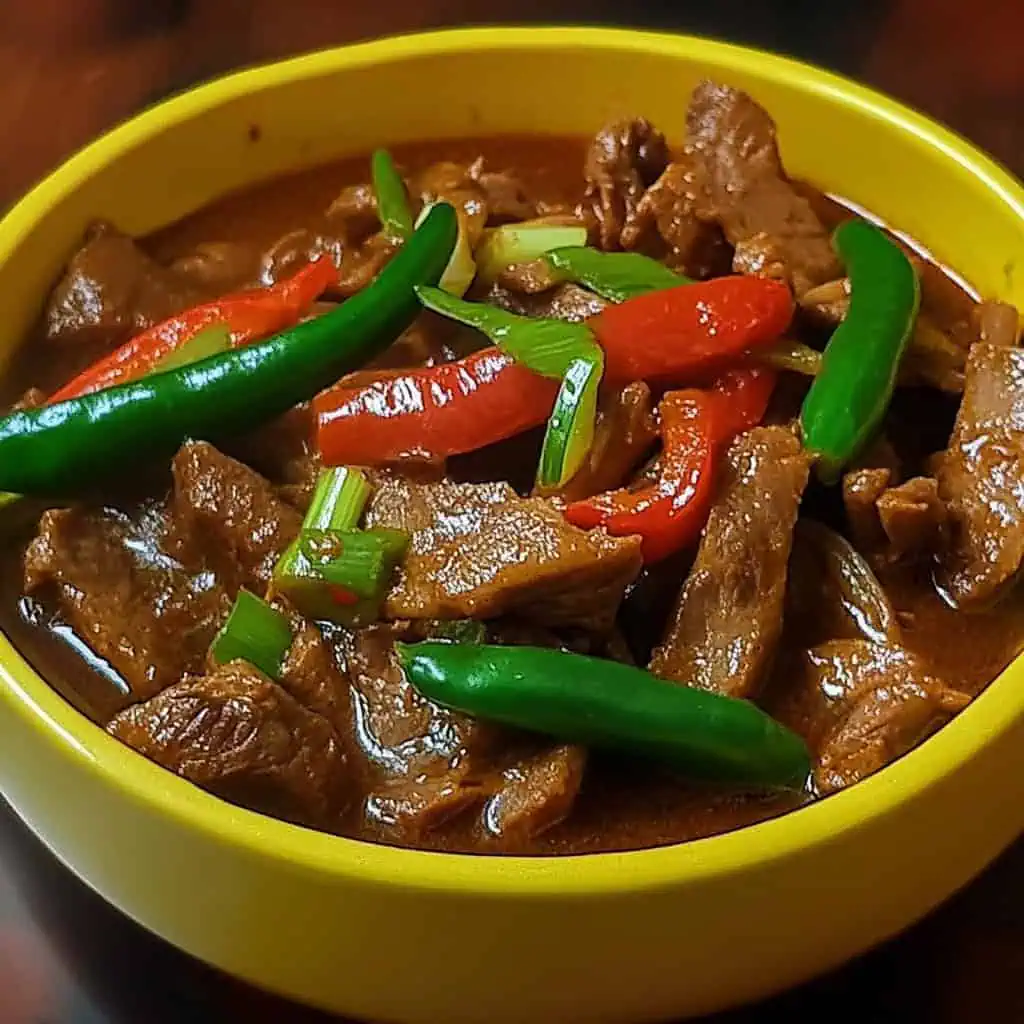
How To Make
- Clean the tripe thoroughly under running water. Fill a large pot with 8 cups of water and add the tripe, 1 tablespoon salt, bay leaves, and whole peppercorns. Bring to a boil, then lower heat and simmer for about 1.5 hours or until the tripe is tender. Once done, save 2 cups of the broth and drain the tripe. Let it cool, then cut into thin strips.
- While waiting for the tripe to cool, prepare your other ingredients: Cut the liver and heart into thin strips. Julienne the pineapple, bamboo shoots, and carrots. Chop the onion, mince the garlic, and julienne the ginger. Slice the bell pepper and chilies.
- Heat oil in a large wok or deep pan over medium heat. Add garlic and cook until light golden, about 1 minute. Add ginger and onion, cooking until the onion becomes clear and soft, about 2-3 minutes.
- Add the julienned tripe, liver, and heart to the pan. Stir-fry for 5 minutes. Add the pineapple, carrots, and bamboo shoots, then pour in the fish sauce. Cook everything together for 3-5 minutes, stirring occasionally.
- Pour in the 2 cups of reserved broth and add the sampaloc mix if using. Let it come to a boil, then reduce heat and simmer for 8-10 minutes until the liquid reduces by half.
- Add the chilies and bell pepper. Season with salt and pepper to taste. Simmer for a final 3 minutes.
- Serve hot with steamed rice. For extra flavor, serve with calamansi on the side.
- For the best taste, let the dish rest for 5 minutes before serving to allow the flavors to settle. The sauce should be slightly thick and coat the ingredients well. If it's too watery, simmer for a few more minutes. If too dry, add a splash of the reserved broth.

Tips from Lola's Kitchen
- Boil tripe with lemongrass (tanglad) for an incredible aromatic boost that complements the dish perfectly
- Cut all ingredients in similar sizes for even cooking and the traditional texture of authentic paklay
- For more sourness, add fresh tamarind (sampalok) or green mango during the cooking process
- Use atsuete (annatto) oil for a traditional reddish color that makes the dish more appetizing
- Remove the seeds from chilies for less heat while still maintaining their flavor
- Let the paklay rest overnight in the refrigerator for even more developed flavors the next day
- When buying tripe, look for the whitest pieces - they're cleaner and will require less preparation
- Don't rush the initial boiling process for the tripe - it needs time to become truly tender
Substitutions
- Tripe: Can use goat or pork tripe if beef tripe is unavailable
- Pineapple: Green mango or balimbing (starfruit) work well for the sour element
- Bamboo shoots: Young jackfruit or banana heart provide similar texture and flavor profiles
- Siling haba: Bell peppers can be substituted for less heat
- Sampalok mix: Fresh tamarind or calamansi juice make excellent natural souring alternatives
- Fish sauce: Soy sauce with a bit of salt can work in a pinch, though the flavor profile will change slightly
- Organ meats: If you're new to organ meats, you can start with just one type before trying the full combination
Troubleshooting
- Tough Tripe: If your tripe is still tough after cooking, extend the boiling time by 30-minute increments and add a tablespoon of vinegar to help tenderize it
- Too Sour: Add a pinch of sugar or more pineapple to balance the acidity
- Too Spicy: Add more pineapple or a small amount of coconut milk to mellow the heat
- Too Salty: Add more vegetables or additional broth to dilute the saltiness
- Watery Sauce: Simmer uncovered for longer to reduce the liquid, or mix a teaspoon of cornstarch with cold water and add to thicken
- Bitter Taste: This might come from overcooking the liver - add it later in the cooking process next time
Storage & Reheating
- Refrigerate in an airtight container for up to 3 days
- Freeze for up to 1 month in freezer-safe containers
- Reheat on stovetop over medium heat until thoroughly heated
- Add water or broth if needed while reheating as the sauce thickens when stored
- Don't freeze if using fresh pineapple as the texture will significantly change
- For best results when reheating, warm slowly on low heat rather than using high heat
- Portions can be frozen individually for easy single servings
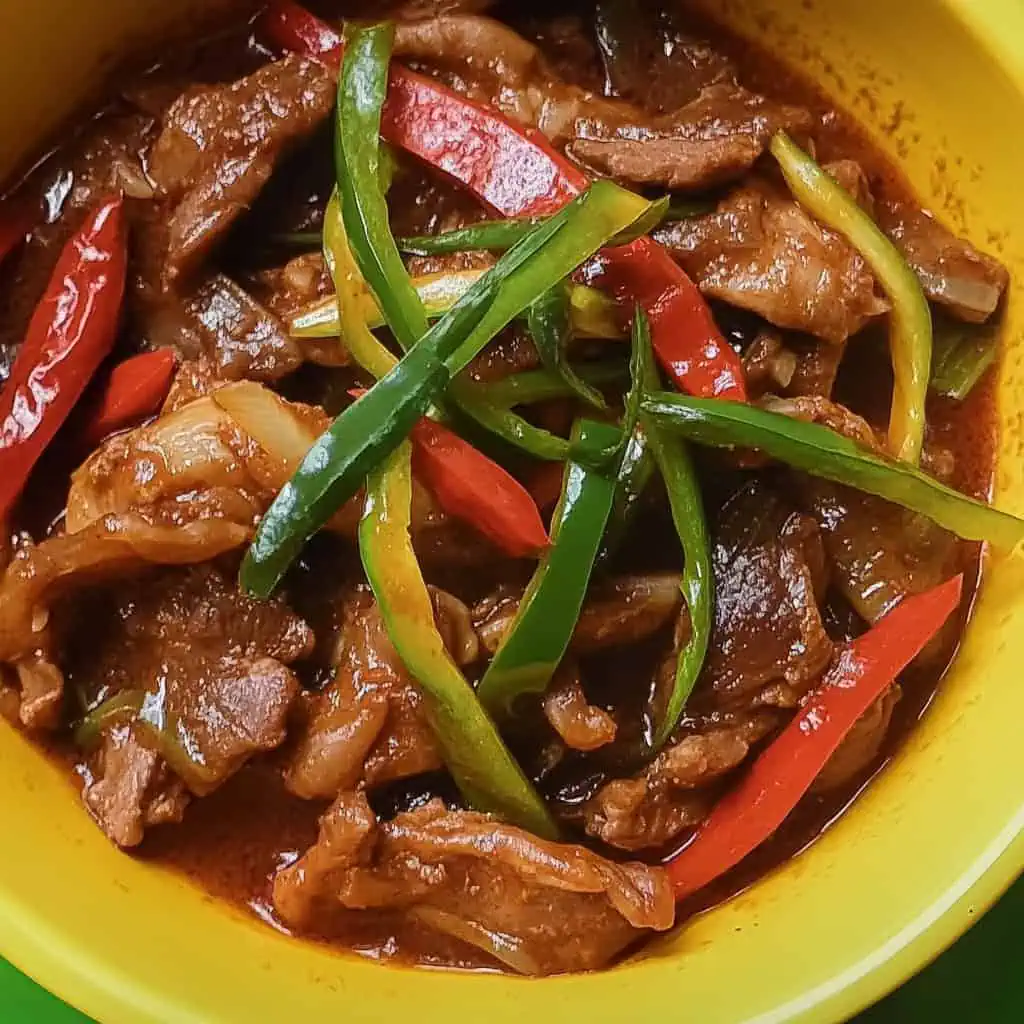
FAQ
Why julienne the ingredients?
This traditional cutting style allows for better absorption of flavors, faster cooking, and creates the authentic texture that defines paklay.
How do I know if the tripe is clean enough?
It should be completely white with no yellow spots or strong odor. When in doubt, boil it briefly in water with vinegar, discard that water, then proceed with the recipe.
Can I make this dish less spicy?
Yes, reduce or omit the chilies according to preference. You can also remove the seeds and membranes from the chilies to reduce heat while keeping their flavor.
How long can I store leftover Paklay?
3 days in the refrigerator or up to 1 month in the freezer. The flavor actually improves overnight as ingredients marry together.
Why is my sauce too watery?
Simmer longer to reduce liquid, or use less broth initially. You can also thicken with a small amount of cornstarch slurry if needed.
Is there a way to speed up the tripe cooking process?
Using a pressure cooker can reduce the cooking time to about 30 minutes, but the slow simmer method develops more flavor.
Can I use canned pineapple instead of fresh?
Yes, but drain well and reduce any additional sugar in the recipe. Fresh pineapple provides better texture and tenderizing properties.
How can I tell when the liver is perfectly cooked?
Liver should be just cooked through but still tender - overcooked liver becomes tough and bitter. It should take only 2-3 minutes to cook through when sliced thinly.
Related
Looking for other recipes like this? Try these:
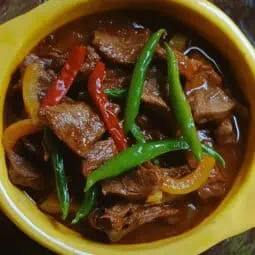
Authentic Visayan Paklay (Paklay ng Visaya)
Equipment
- Large stockpot (for boiling tripe)
- Sharp knife and cutting board (for julienning ingredients)
- Wok or deep skillet (for final cooking)
- Colander (for draining tripe)
- Measuring cups and spoons
- Wooden spoon or spatula (for stirring)
Ingredients
For the Meat
- ½ kilo beef tripe tuwalya, julienned
- ¼ kilo beef liver atay, julienned
- ¼ kilo beef heart puso, julienned
For the Vegetables and Aromatics
- 3 cups fresh young pineapple pinya, julienned
- 3 cups bamboo shoots labong, julienned
- 1 red/green bell pepper paminta, sliced
- 1 carrot karot, julienned
- 1 large onion sibuyas, chopped
- 1 head garlic bawang, minced
- 2 thumb-size ginger luya, julienned
- 3 pcs siling haba long green chilies
- 2 pcs siling labuyo bird's eye chilies
For the Seasoning
- 1-2 tablespoon sampalok sinigang mix optional
- ¼ cup fish sauce patis
- Salt asin at paminta to taste
- Cooking oil mantika
- 3-4 pieces bay leaves dahon ng laurel
Instructions
- Clean the tripe thoroughly under running water. Fill a large pot with 8 cups of water and add the tripe, 1 tablespoon salt, bay leaves, and whole peppercorns. Bring to a boil, then lower heat and simmer for about 1.5 hours or until the tripe is tender. Once done, save 2 cups of the broth and drain the tripe. Let it cool, then cut into thin strips.
- While waiting for the tripe to cool, prepare your other ingredients: Cut the liver and heart into thin strips. Julienne the pineapple, bamboo shoots, and carrots. Chop the onion, mince the garlic, and julienne the ginger. Slice the bell pepper and chilies.
- Heat oil in a large wok or deep pan over medium heat. Add garlic and cook until light golden, about 1 minute. Add ginger and onion, cooking until the onion becomes clear and soft, about 2-3 minutes.
- Add the julienned tripe, liver, and heart to the pan. Stir-fry for 5 minutes. Add the pineapple, carrots, and bamboo shoots, then pour in the fish sauce. Cook everything together for 3-5 minutes, stirring occasionally.
- Pour in the 2 cups of reserved broth and add the sampaloc mix if using. Let it come to a boil, then reduce heat and simmer for 8-10 minutes until the liquid reduces by half.
- Add the chilies and bell pepper. Season with salt and pepper to taste. Simmer for a final 3 minutes.
- Serve hot with steamed rice. For extra flavor, serve with calamansi on the side.
- For the best taste, let the dish rest for 5 minutes before serving to allow the flavors to settle. The sauce should be slightly thick and coat the ingredients well. If it's too watery, simmer for a few more minutes. If too dry, add a splash of the reserved broth.
Tips from Lola's Kitchen
- Boil tripe with lemongrass (tanglad) for extra aroma
- Cut ingredients in similar sizes for even cooking
- For more sourness, add fresh tamarind (sampalok) or green mango
- Use atsuete (annatto) oil for a traditional reddish color
- Remove the seeds from chilies for less heat
Nutrition
The Story Behind Paklay
Growing up in the Visayas, I learned that some of our most cherished dishes came from our ancestors' resourcefulness. Paklay is one of those incredible recipes that tells the story of Filipino ingenuity in the kitchen. This hearty stew, which originated in the Visayas and Mindanao regions, shows how our ancestors transformed humble ingredients into something extraordinary.
Back in the day, when meat was expensive and nothing went to waste, creative home cooks discovered that beef tripe (tuwalya) and organ meats could become tender and delicious when cooked slowly with the right ingredients. They found that adding fresh tropical fruits like pineapple not only helped tenderize the meat but also created that distinctive sweet-sour flavor that Filipinos love. In different parts of the Visayas, families would use whatever souring agents were available in their backyards - some used balimbing (starfruit), while others preferred green mangoes or tamarind.
What makes Paklay special is how it varies from kitchen to kitchen, region to region. In some parts of Mindanao, they make it extra spicy with plenty of chilies. In the Eastern Visayas, some cooks add atsuete (annatto seeds) for a beautiful reddish color. Central Visayas versions often feature more bamboo shoots, which were abundant in the area. This adaptability is what kept Paklay alive through generations - it's a forgiving recipe that welcomes substitutions based on what's available.
Today, Paklay remains a beloved weekend dish that brings families together. While some younger Filipinos might hesitate at the thought of organ meats, one taste of properly cooked Paklay usually changes their minds. The dish represents everything beautiful about Filipino cuisine - our ability to create delicious meals from simple ingredients, our love for contrasting flavors, and most importantly, our tradition of sharing food with loved ones.
Whether served at family gatherings, fiestas, or simple Sunday lunches, Paklay continues to tell the story of Visayan culinary heritage. It's more than just a recipe - it's a reminder of our roots, our resourcefulness, and our rich food culture that turns humble ingredients into something truly special.
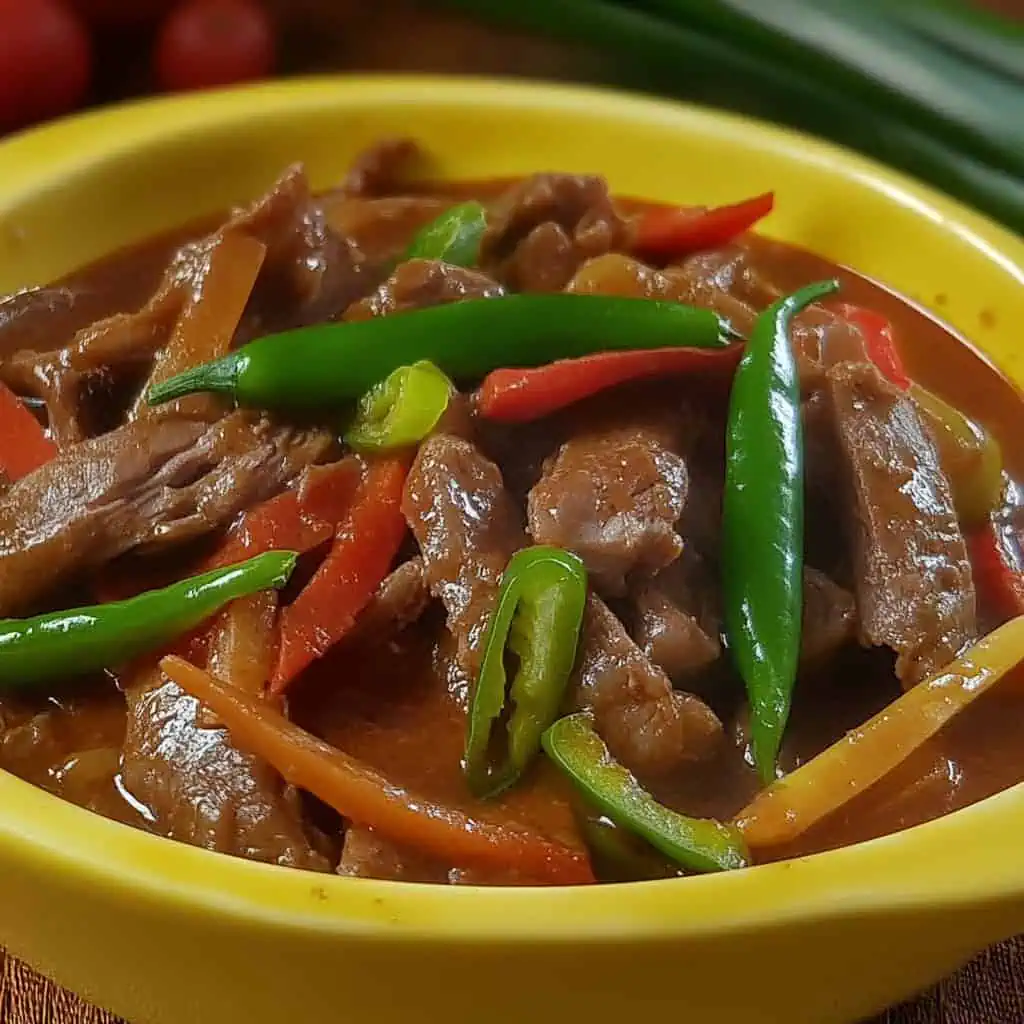

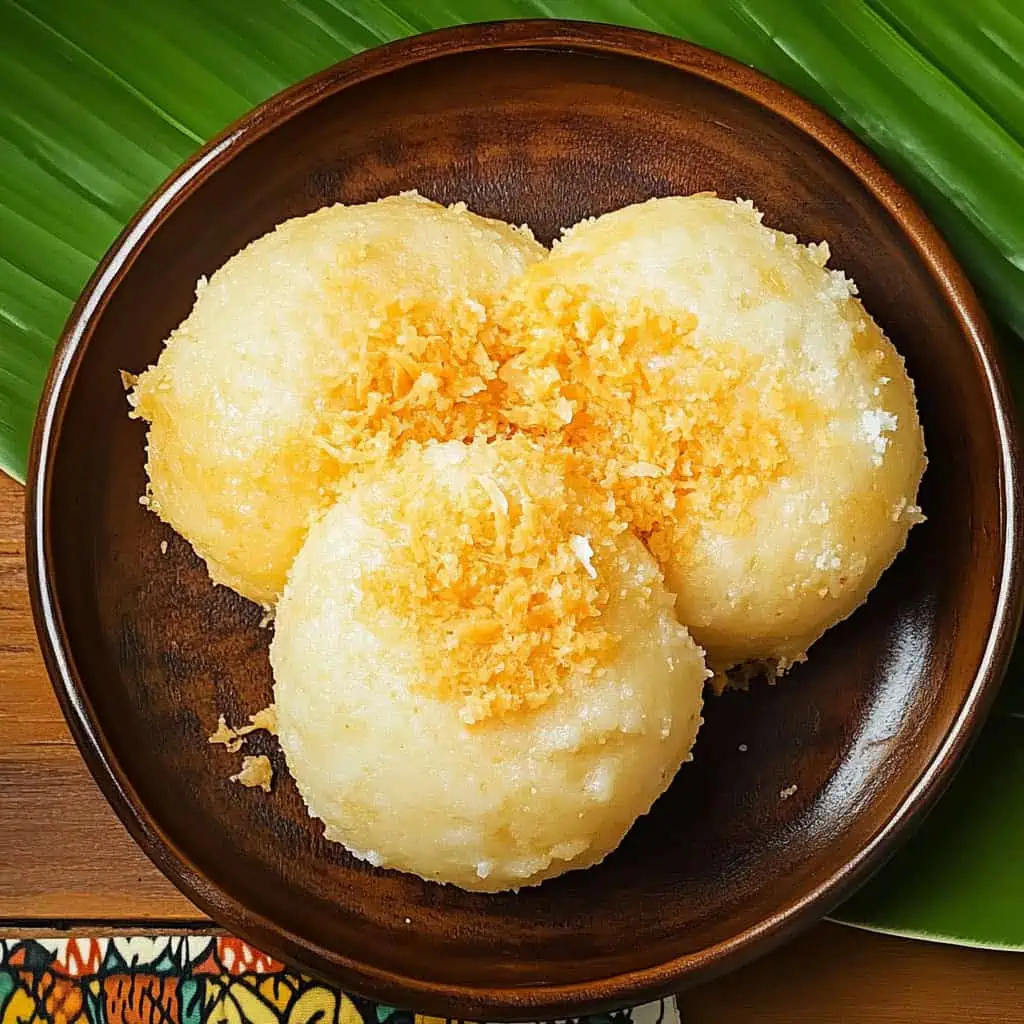
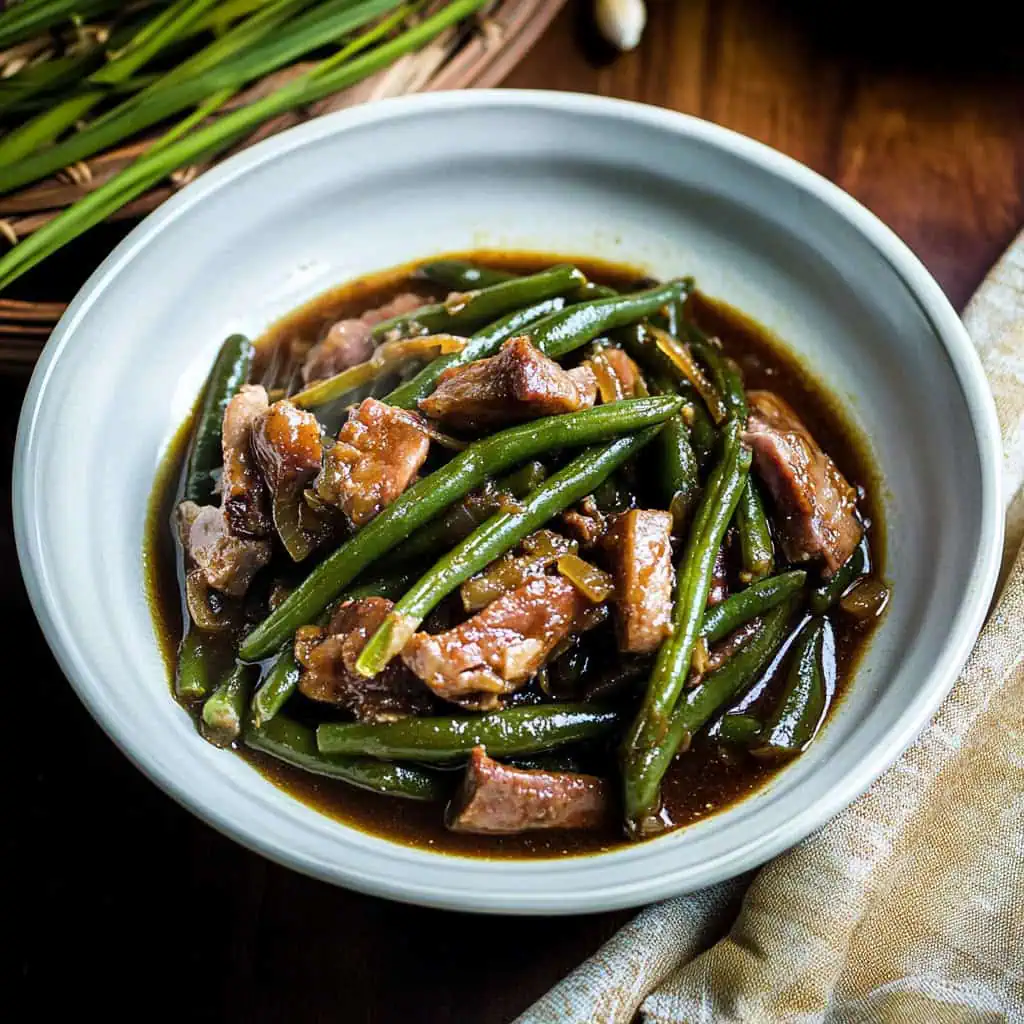
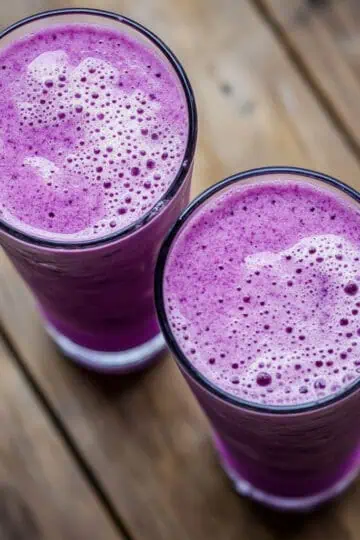
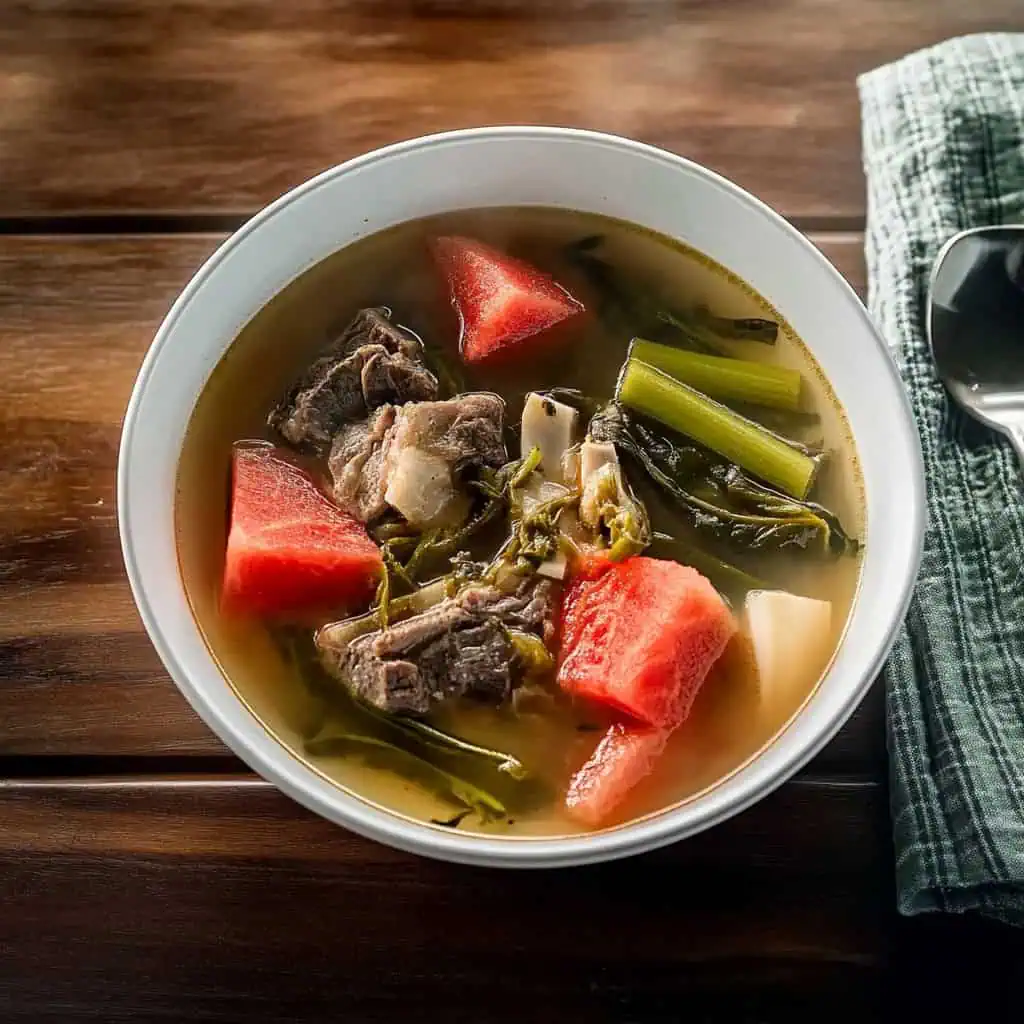
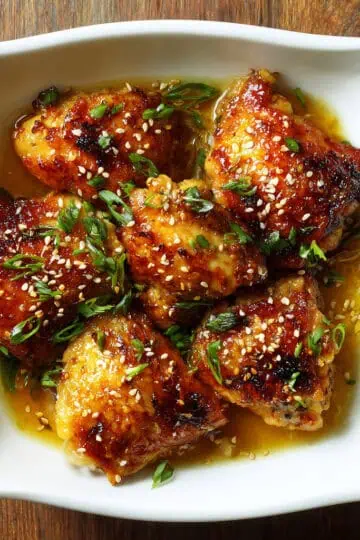
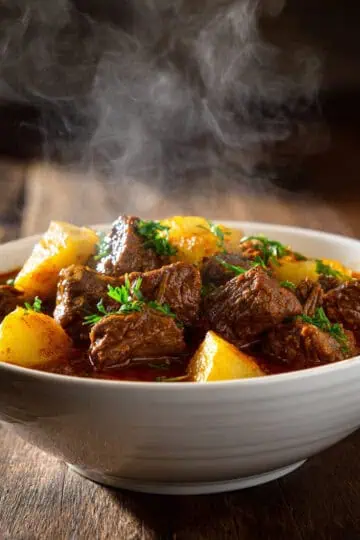
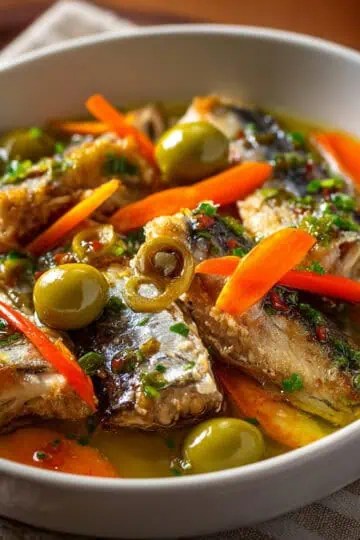
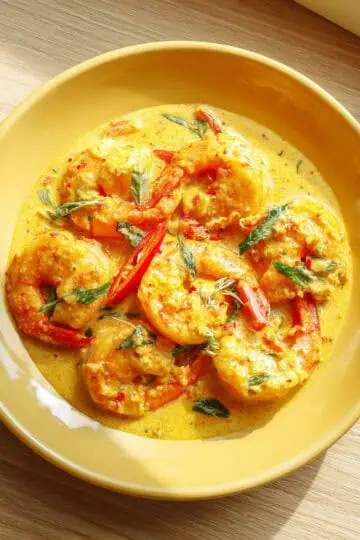
Comments
No Comments